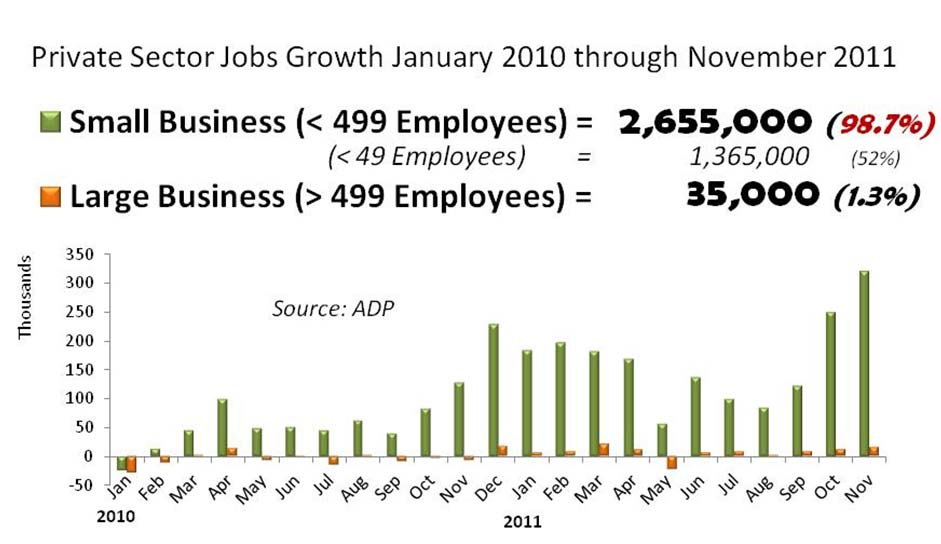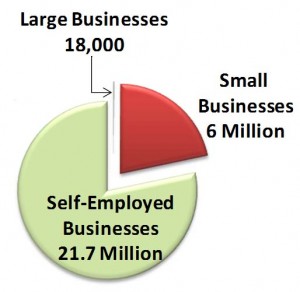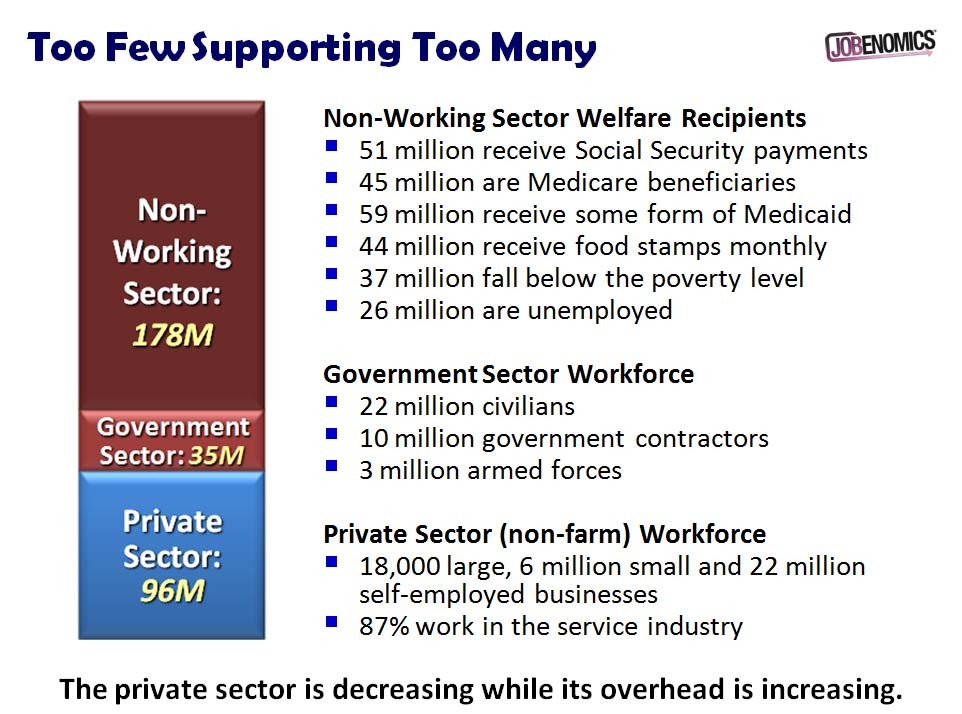| Welcome to the Jobenomics “Self-Employment Screen“.
“20 Million Jobs by 2020″. What is the Self-Employment Screen (SES)? The SES analyzes the key inherent characteristics and attitudes that influence entrepreneurial success and can help predict which of the four major entrepreneurial business environments a person is most naturally suited to: agent/representative, consulting/contract, franchises or small business. The SES does not pre-judge whether someone should be self-employed. Rather, it provides the person interested in becoming self-employed with insights into her/his business development style, motivational factors, developmental needs and the type of self-employment that she/he would be most naturally suited to. A copy of the SES report is provided online immediately upon completion of the survey. For your complimentary assessment to determine the best type of opportunity fit for you, click here: Take the Self-EmploymentScreen™
Veterans If you are a Veteran, we invite you to complete the CareerManagementPro™. This profile will provide you with key insights into yourself and your personal strengths as you make important career decisions. To begin this assessment, please click here: CareerManagementPro™ for Veterans
More Information For more details and to purchase available profiles, please click here. To hire small business coaches, contact: Hugh Ballou or Micro Biz Coach |




